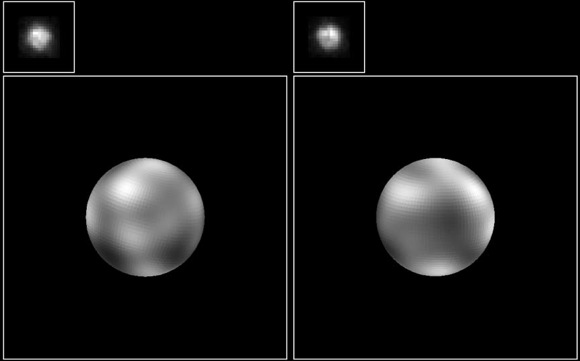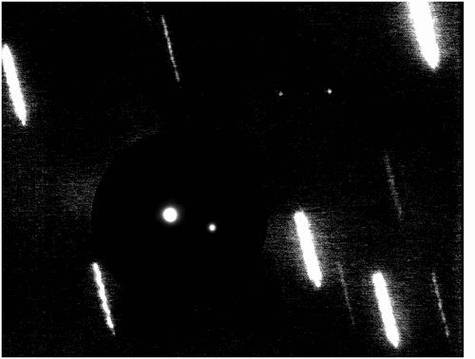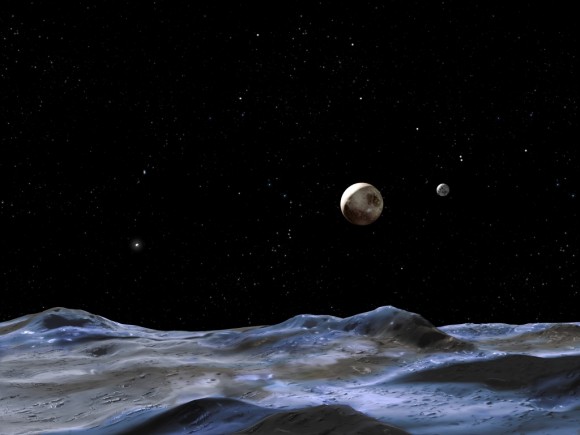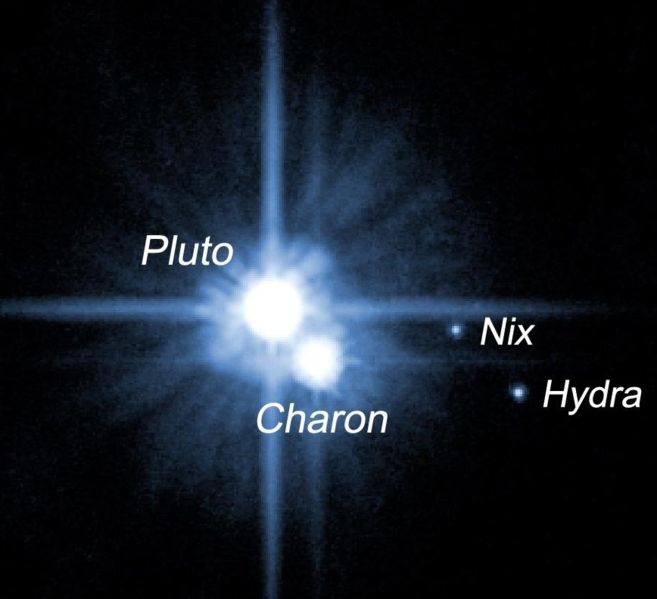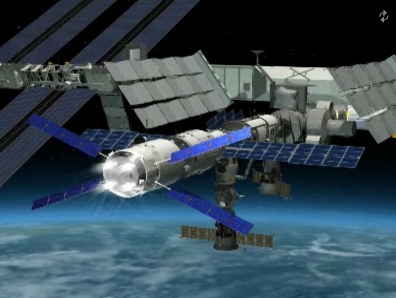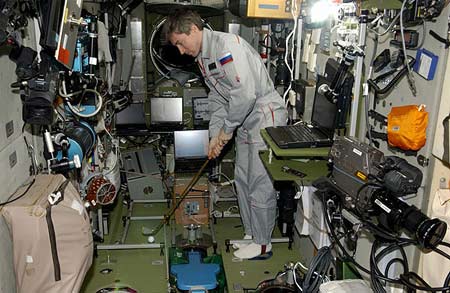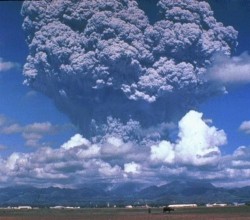Humans and sports go hand-in-hand; it was only a matter of time before sports pushed into space. Whether astronauts are practicing their cosmic golf swing, throwing boomerangs (for science of course!), hurling footballs or creating their own unique zero g activity, we will see some new and inventive space sports in the future…
Launched on board Apollo 14 in February 9th, 1971, astronaut Alan Shepard had brought a little extra weight with him. A golf club and golf balls. He wanted to be the first to play golf on the dusty surface of the Moon. His dream became a reality, doing a one-handed drive, blasting the ball over 200 yards during one of his Moon walks. Not bad considering how restrictive his space suit must have been (although the 1/6 Earth gravity will have helped the ball along a little). Shepard held the extra-terrestrial golf drive record for 35 years until cosmonaut Mikhail Tyurin shattered the record with a million-mile hit from the International Space Station in 2006 (it was actually a miss-hit, but mission scientists think it orbited the Earth for 2-3 days before falling into the ultimate hazard… the Earth’s atmosphere).
In fact, the International Space Station astronauts have tried out a variety of sports. An average ISS astronaut’s day consists of six and a half hours of work, two hours for exercise and about eight and a half hours for sleep. Naturally, as we do on Earth, the orbiting men and women have some time to fill with personal activities, including sport. A lot of the time, the odd dabble with a boomerang and a session on the treadmill has a scientific merit, but some of the sporting activities were done simply for fun. In the case of Tyurin, sport may also be a marketing stunt (the ISS golf driving range was set up by Canadian golf club manufacturer Element 21) – but I’m sure he had a special sense of satisfaction teeing off the high altitude location.
Zero-G offers many options for new sports too. In a televised interview last week, NASA astronaut Garrett Reisman (who is currently residing on the station as the Expedition 17 flight engineer) admitted to finding the mundane task of filling up large water bags rather enjoyable:
“We started tossing them kind of like a medicine ball, and we realized that you could toss and catch and then go for a ride on this big thing as it takes you away. So there’s all kinds of possibilities, and if there’s any good ideas out there, let me know. We’ll try it.” – Reisman.
Whilst this may not constitute a “sport”, it could be a fun game. When the Expedition 16 and 17 crews overlapped, there were six crewmembers to participate in the orbital fun. Record breaker Peggy Whitson commented on a relay race that the crew had through three of the station modules. “We raced from one end of a module, relayed with the person waiting at the other end three modules away, and then sprinted back and sent a third person,” Whitson said. “So it was pretty fun.” Apparently her team (including Reisman) won.
Although the ISS astronauts may not have many sporting options at their disposal, mission control makes sure they don’t get bored. They have a treadmill and stationary bike, and they’ve played weightless basketball, Frisbee and thrown boomerangs. Plus the odd round of golf it seems. Even throwing away the garbage seems like a superb way to pass the time. Have a look at this NASA video of the station crew having way too much fun in orbit (I do admit, I am very jealous!).

All these activities are going on in the space station not exactly built for sporting activities. With the advent of space tourism, it’s not hard to envisage the development of space sports, perhaps in orbital space hotels with large volumes of space available for sports activities. One such sport could be the possibility of zero-G dodgeball (pictured). This was already attempted on board Boeing 727-200 jets operated by the Zero Gravity Corp. (Las Vegas). Although periods of weightlessness would have been short, it must have been fun.
Original source: Space.com

